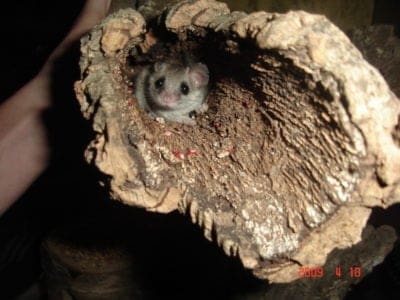Below you can find a complete list of Burundian animals. We currently track 224 animals in Burundi and are adding more every day!
The African country of Burundi has a great variety of native wildlife, with 17 species of mammals, 56 species of amphibians, 52 species of reptiles, and 22 species of birds. There are also 215 species of fish, most of which live in Lake Tanganyika, and about 150 species of butterfly. Since animals recognize no national boundaries, many can also be found in Burundi’s neighboring countries of Rwanda, Tanzania, and the Democratic Republic of Congo. Wildlife found in Burundi include zebras, leopards, African buffalo, the red-faced barbet, the lesser kestrel, cranes, crocodiles, chimpanzees, the blue monkey, and the tailed green-banded swallowtail butterfly.
The Official National Animal of Burundi
Burundi appears to have two national animals. They are the spotted hyena and the Transvaal lion. The Transvaal lion, whose scientific name is Panthera leo melanochaita is subspecies of a lion that’s found in parts of eastern and southern Africa, though it does not seem to have much of a presence in Burundi. In fact, it is considered extinct in its native habitats of Eritrea, Djibouti, and Lesotho. Extinct means the lion is no longer found in these places in the wild.
Though the lion is protected in some African countries, its population is declining in the east and the south due to loss of its habitat and the prey that live there as well as trophy hunting. The lion is also killed by local people because it’s been known to kill and eat livestock. Despite this, Burundi’s coat of arms features the head of a lion.
On the other hand, the spotted hyena’s conservation status is of least concern. This animal is the largest type of hyena and like its sometimes rival the lion, lives in family groups. In the case of the hyena, the groups are dominated by females, who are bigger than the males and are more competitive than cooperative. For example, lionesses of the same pride may nurse each other’s cubs, but females of a hyena cackle or clan do not.
Where To Find The Top Native Wild Animals in Burundi
The top wild animals in Burundi can be found in its national parks and reserves. There is Kibira National Park, Ruvubu National Park, and Rusizi National Park, with Ruvubu being the largest at 126,000 acres. The four reserves are Kigwena Forest Nature Reserve, Lac Rwihinda Nature Reserve, Bururi Forest Nature Reserve, and Rumonge Nature Reserve.
The Most Dangerous Animals In Burundi Today
The most dangerous wildlife in Burundi include:
- Mosquitoes — As of March 2021, Burundi is experiencing an epidemic of this disease that is spread by mosquitoes. Since 2019, half the population of 12 million Burundians have been infected, and 1800 have died.
- Black mamba — this snake is one of the most dangerous on earth and kills 20,000 people a year in Africa.
- Hippopotamus — though a semi-aquatic herbivore, this animal kills about 500 people every year in Africa.
- Nile Crocodile — According to legend, there’s a monster Nile crocodile called Gustave who lives around the shores of Lake Tanganyika and the Ruzizi River. He is said to have killed at least 300 people. Less storied Nile crocodiles, who seem to view humans as part of their regular diet, might cause as many as 469 deaths in all of Africa every year.
Endangered Wildlife In Burundi
Unfortunately, many animals in Burundi are endangered thanks largely to humans turning their native habitat into farmland, hunting, poaching and the increasing human population. A number of animals, such as the gorilla and the elephant that once roamed the country are now extinct or extirpated. Animals that are endangered include:
One spot of good news is that the Bururi long-fingered frog, thought to be extinct, was rediscovered in 2011. It is now “near threatened.”
Burundi’s Flag
The flag of Burundi features a large white X that divides four colored triangles, two red and two green. The red stands for the blood of those who died fighting for independence. Green represents progress for the country, as well as hope. Lastly, the white X stands for peace. The stars included on the flag represent the country’s motto, which is “Unity, Work, Progress.”
Burundian Animals

Aardvark
Can move 2ft of soil in just 15 seconds!
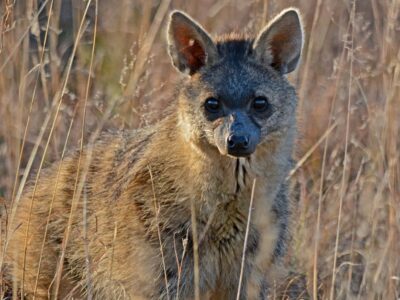
Aardwolf
The aardwolf has five toes on its front paws
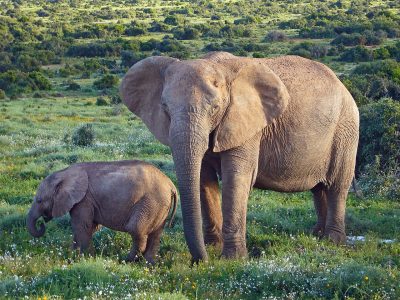
African Bush Elephant
Can drink up to 50 gallons a day

African Civet
Secretes up to 4g of musk every week!
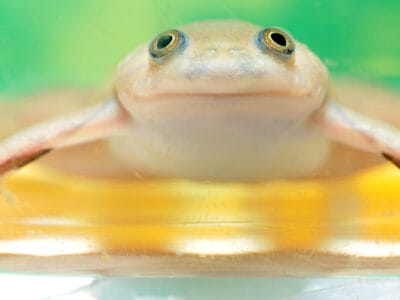
African Clawed Frog
African clawed frogs were used as pregnancy testers from the 1930s to the early 1960s.
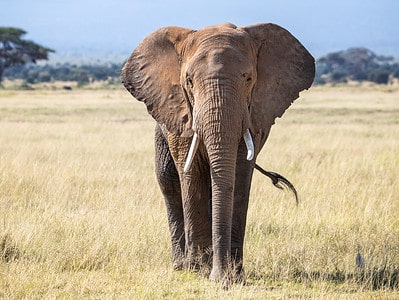
African Elephant
Both male and female African elephants have tusks. In Asian elephants, only the males have tusks.

African Fish Eagle
African fish eagles belong to the genus of sea eagles
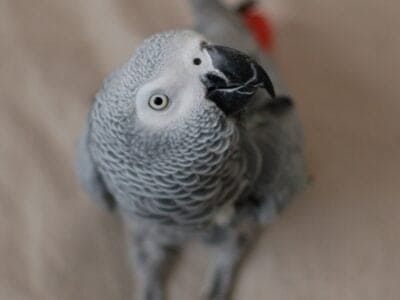
African Grey Parrot
When a grey parrot named Yosuke got lost, it was reunited with its owner after giving the owner's name and address.
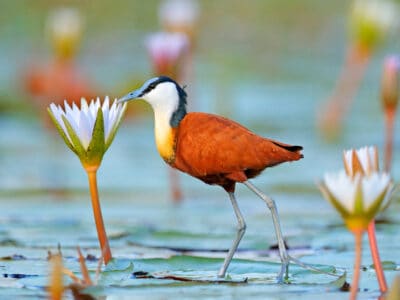
African Jacana
The males raise the young
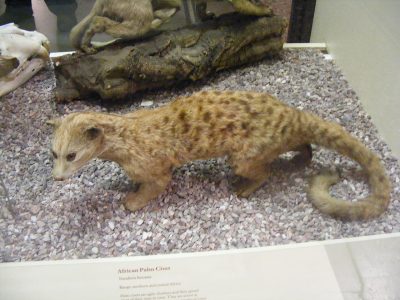
African Palm Civet
Solitary but gathers in groups!
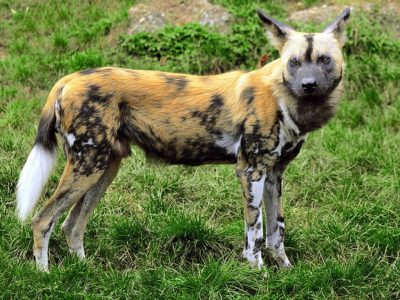
African Wild Dog
Also known as the painted dog!

Agama Lizard
The agama forms small social groups that contain both dominant and subordinate males.
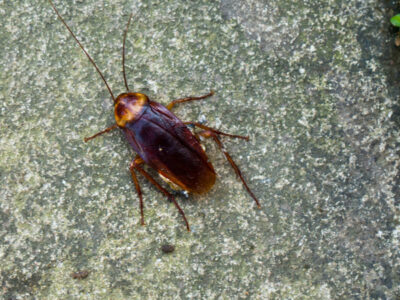
American Cockroach
Despite its name, actually originated from Africa and the Middle East

Ant
First evolved 100 million years ago!
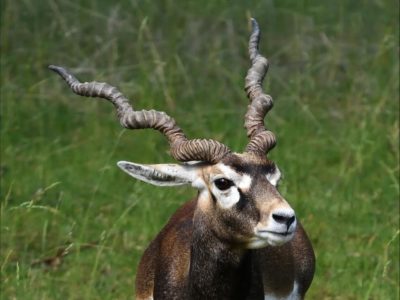
Antelope
Renew their horns every year!

Armyworm
They are so named because they "march" in armies of worms from one crop to another in search of food
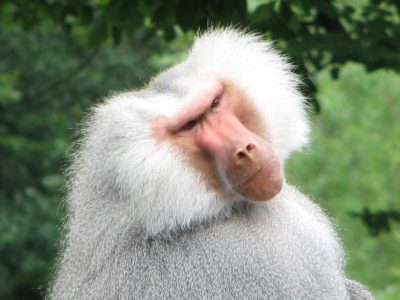
Baboon
Can travel more than four miles a day!
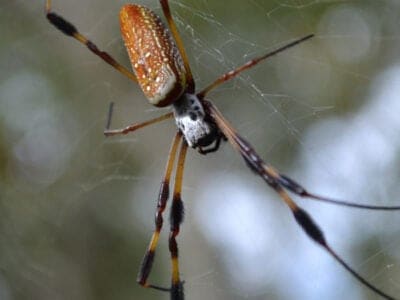
Banana Spider
People spin clothing and fishing nets out of these spiders’ silk.
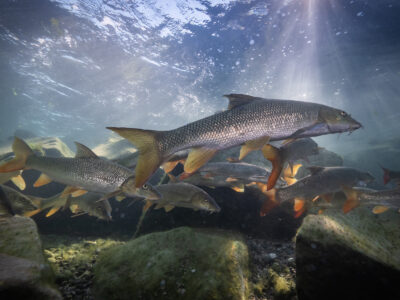
Barb
There are over 1768 known species!

Barn Owl
Found everywhere around the world!

Barn Swallow
Older offspring help care for new hatchlings.

Bat
Detects prey using echolocation!

Bed Bugs
Bed bugs feed for 4-12 minutes.

Bee
Rock paintings of bees date back 15,000 years

Beetle
There are more than 350,000 different species
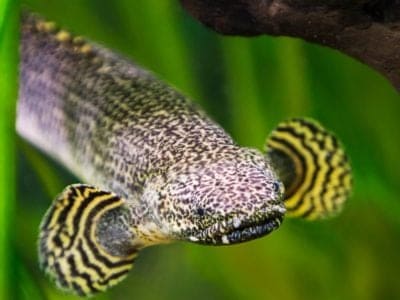
Bichir
The bichir species is more than 400 million years old

Bird
Not all birds are able to fly!

Biscuit Beetle
The biscuit beetle form a symbiotic relationship with yeast

Black Widow Spider
They typically prey on insects!
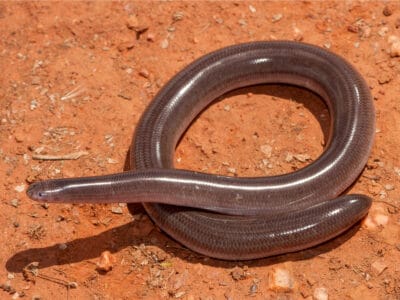
Blind Snake
The blind snake is often mistaken for a worm.
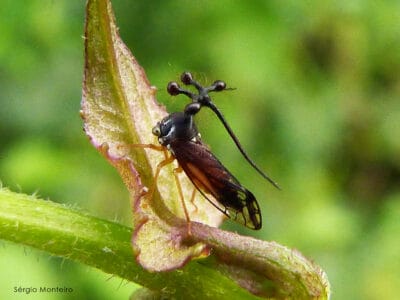
Brazilian Treehopper
“Mild-Mannered Minimonsters”
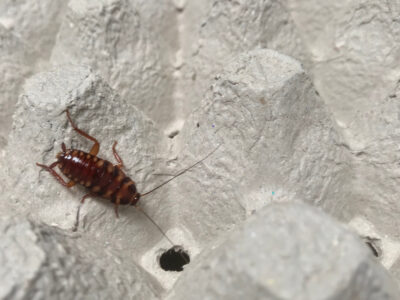
Brown-banded Cockroach
Females glue egg cases to furniture

Brown Dog Tick
Can live its entire life indoors

Buffalo
"They look like you owe them money."

Bumblebee
The most common species of bee!

Bush Baby
In a series of leaps, this creature can cover almost 30 feet of distance in just a few seconds.

Butterfly
There are thought to be up 17,500 species!
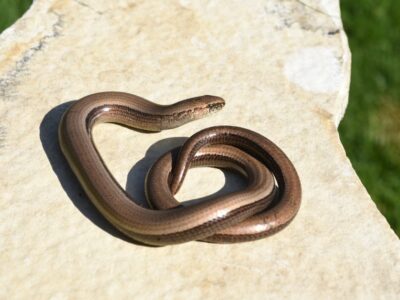
Caecilian
Some species' babies use their hooked or scraper-like teeth to peel off and eat their mother's skin

Carpenter Ant
Carpenter ants can lift up to seven times their own weight with their teeth!

Cat
May have been domesticated up to 10,000 years ago.

Caterpillar
The larvae of a moth or butterfly!

Catfish
There are nearly 3,000 different species!

Centipede
There are about 3,000 documented species!
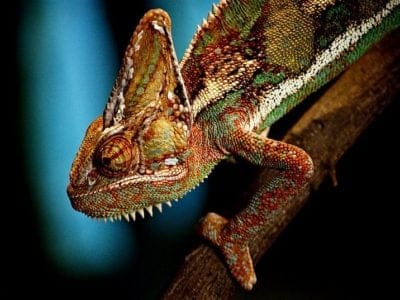
Chameleon
There are more than 160 different species!
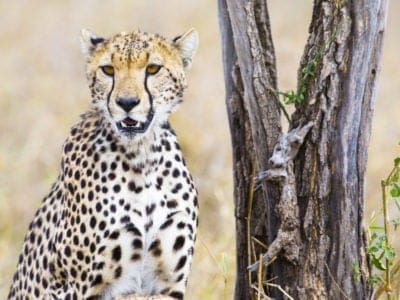
Cheetah
The fastest land mammal in the world!

Chicken
First domesticated more than 10,000 years ago!

Cichlid
There are more than 2 000 known species!

Cockroach
Dated to be around 300 million years old!

Codling Moth
Pupae are able to undergo diapause to survive poor fruit yield years and winter.
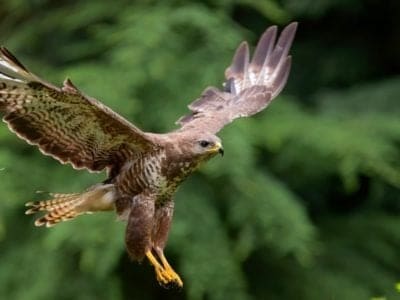
Common Buzzard
The most common raptor in the UK!

Common Furniture Beetle
The common furniture beetle feeds exclusively on wood

Common House Spider
House spiders have the ability to eat most insects in a home.

Cormorant
They can fly 35 mph and dive 150 feet below water.

Cow
There are nearly 1.5 billion worldwide!

Crab
There are 93 different crab groups

Crab Spider
Crab Spiders can mimic ants or bird droppings
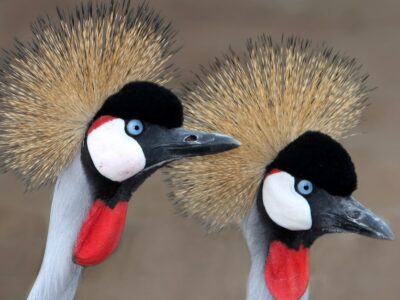
Crane
Many are critically endangered species!

Cricket
Male crickets can produce sounds by rubbing their wings together
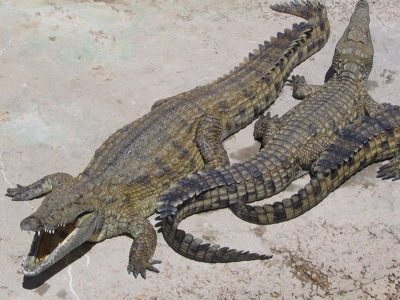
Crocodile
Have changed little in 200 million years!

Crocodylomorph
Crocodylomorphs include extinct ancient species as well as 26 living species today.

Crow
A group of these birds is called a Murder.

Dog
First domesticated in South-East Asia!

Dog Tick
Dog ticks feed on dogs and other mammals

Donkey
First domesticated 5,000 years ago!

Dragonfly
It's larvae are carnivorous!

Duck
Rows of tiny plates line their teeth!

Dung Beetle
The dung beetle can push objects many times its own weight

Earthworm
They are hermaphrodites, which means they have male and female organs

Earwig
There are nearly 2,000 different species!

Eel
Eels can be a mere few inches long to 13 feet!
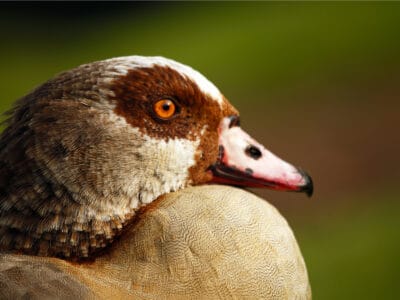
Egyptian Goose
A duck species that resembles a goose when flying
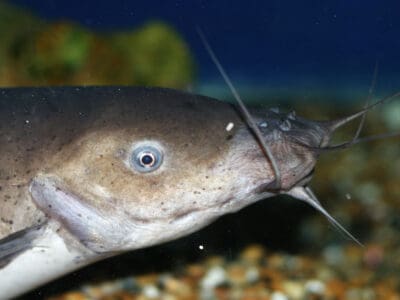
Electric Catfish
The electric catfish can discharge an electric shock up to 450 volts
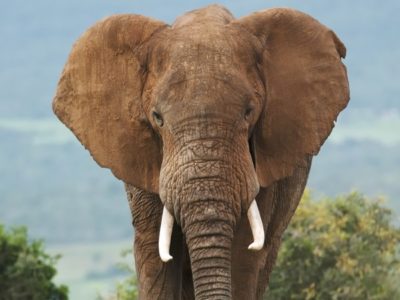
Elephant
Spends around 22 hours a day eating!
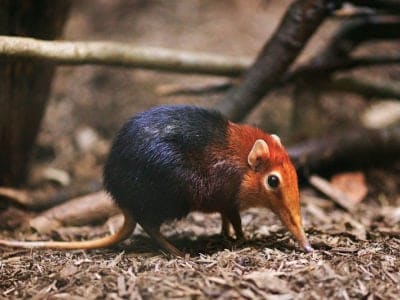
Elephant Shrew
Found exclusively on the African continent!

Falcon
The fastest creatures on the planet!

False Widow Spider
False spiders actually prey on black widow spiders and other hazardous spiders
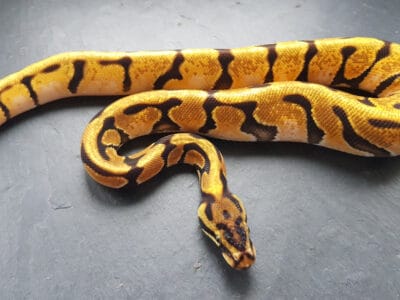
Fire Ball Python
The fire ball python morph is known for its rich golden and reddish-brown coloration.

Firefly
The firefly produces some of the most efficient light in the world
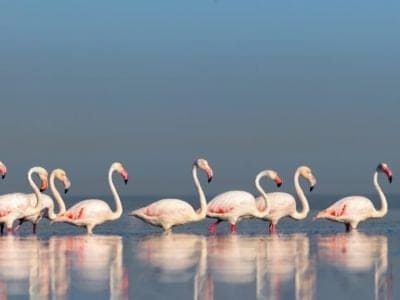
Flamingo
Sleeps on just one leg!

Flea
Adult fleas can jump up to 7 inches in the air

Fly
There are more than 240,000 different species!
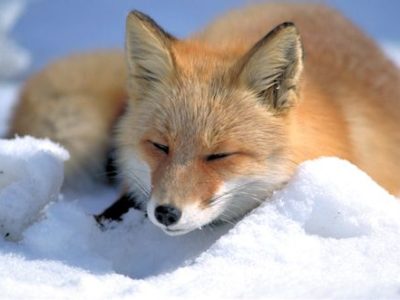
Fox
Only 12 species are considered "true foxes"

Frog
There are around 7,000 different species!
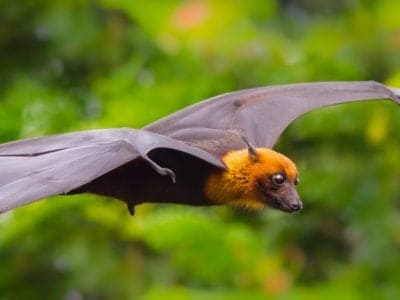
Fruit Bat
Among the largest bats in the world

Fruit Fly
Fruit flies are among the most common research animals in the world
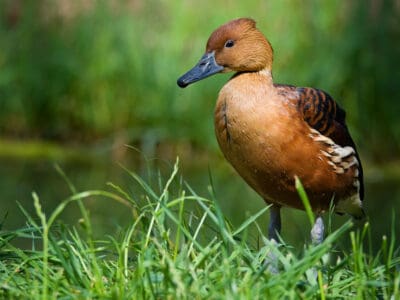
Fulvous Whistling Duck
They build a ramp from their nest, which leads to a nearby water source
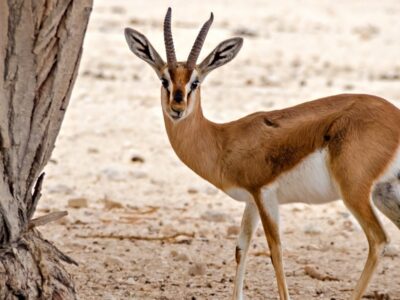
Gazelle
Named for the Arabic word for love poems
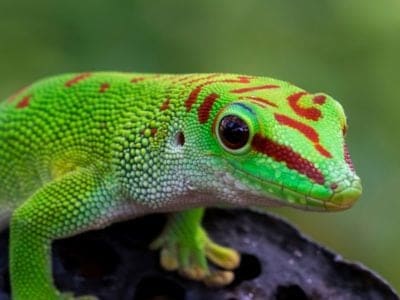
Gecko
There are thought to be over 2,000 species!
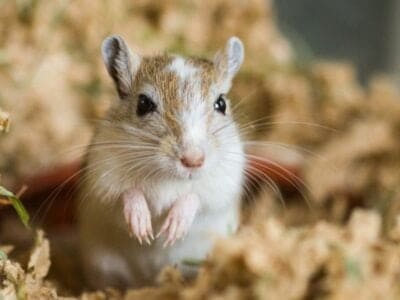
Gerbil
Originally known as the Desert Rat!

German Cockroach
The most common type of urban roach
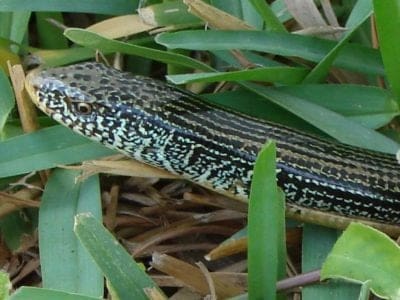
Glass Lizard
Can grow up to 4ft long!

Glowworm
Found inhabiting dense woodland and caves!

Gnat
Males form large mating swarms at dusk

Goat
Most closely related to the Sheep!
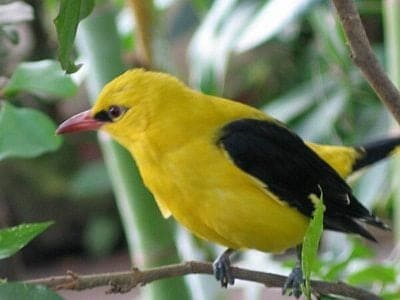
Golden Oriole
Migrates between Europe and Asia!

Grasshopper
There are 11,000 known species!
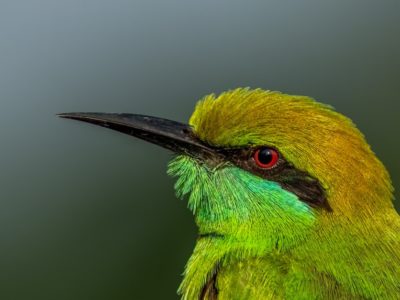
Green Bee-Eater
Mainly eats honeybees!
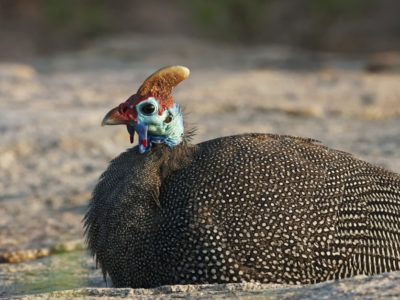
Guinea Fowl
Found in a vairety of African habitats!
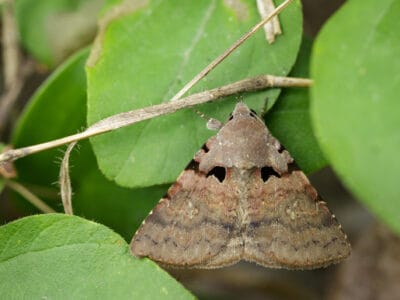
Gypsy Moth
One of the most invasive species in the world

Hamster
Able to run as quickly backwards as forwards!

Hare
Can reach speeds of over 50 mph!

Hawk Moth Caterpillar
Many hawk moth caterpillars eat toxins from plants, but don’t sequester them the way milkweed butterflies do. Most toxins are excreted.
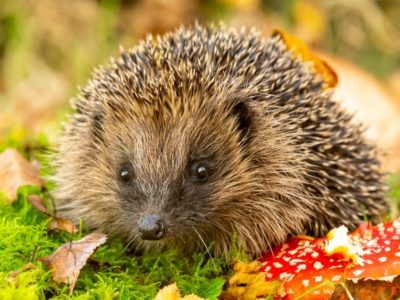
Hedgehog
Thought to be one of the oldest mammals on Earth!

Heron
Inhabits wetlands around the world!
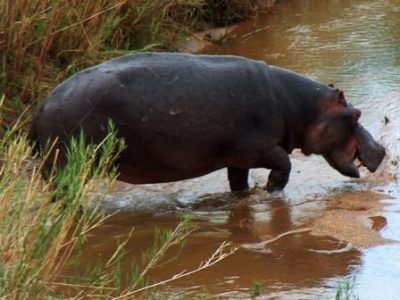
Hippopotamus
Has pink anti-bacterial sweat!

Honey Badger
One of earth's bravest creatures!

Honey Bee
There are only 8 recognized species!
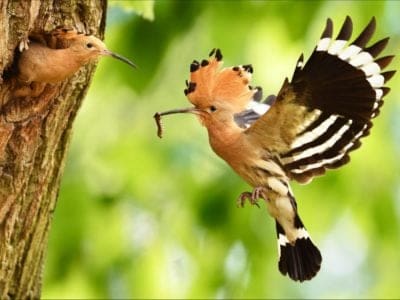
Hoopoe
Stunning bird with a stinky way to deter predators!

Horse
Has evolved over 50 million years!

Horsefly
Horseflies have been seen performing Immelmann turns, much like fighter jets.

Housefly
The fly has no teeth

Human
Thought to have orignated 200,000 years ago!

Huntsman Spider
Some huntsman spiders have an interesting way of moving around. Some cartwheel while others do handsprings or backflips.
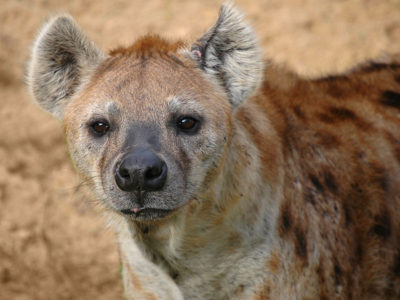
Hyena
There are four different species!

Ibis
Found in swamps, marshes and wetlands!

Insects
There are an estimated 30 million species!

Jacana
The jacana has the ability to swim underwater
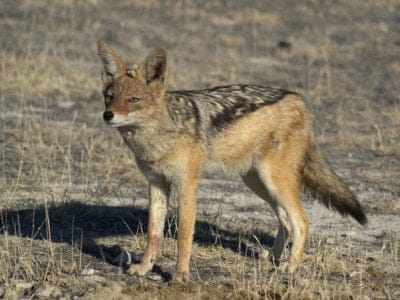
Jackal
Can maintain speeds of 16 km/h!

Jumping Spider
Some can jump 50 times the length of their bodies

Kingfisher
Inhabits wetlands and woodlands worldwide!
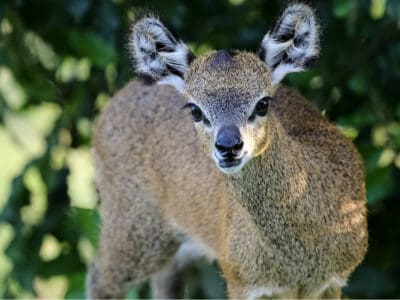
Klipspringer
Klipspringers can jump as high as 10-12ft!

Ladybug
There are more than 5,000 species worldwide!

Leech
Has 10 pairs of eyes!
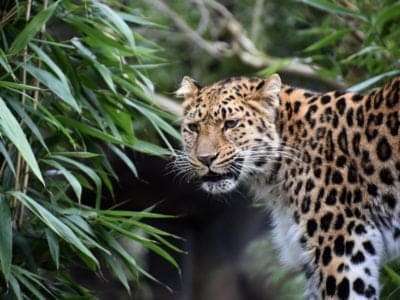
Leopard
Spends much of the time high in the trees!
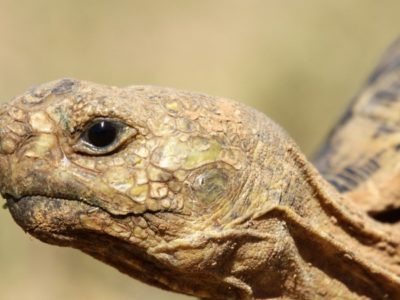
Leopard Tortoise
The most widely distributed tortoise in Africa!
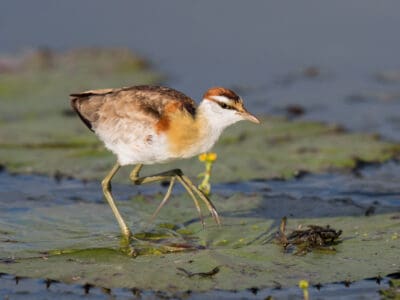
Lesser Jacana
The lesser jacana is nomadic, often moving in search of temporary wetland habitats.

Liger
The offspring of a lion and tiger parents!

Lion
Lives in small groups called prides!

Lizard
There are around 5,000 different species!

Locust
Each locust can eat its weight in plants each day.
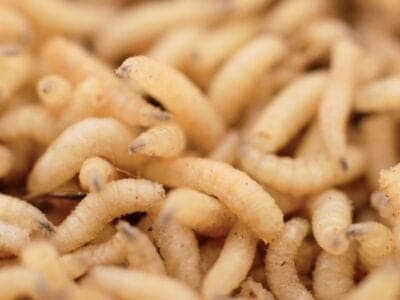
Maggot
Will only live in wet areas
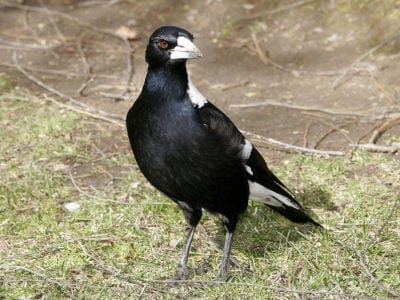
Magpie
They are found across Europe, Asia and Africa!
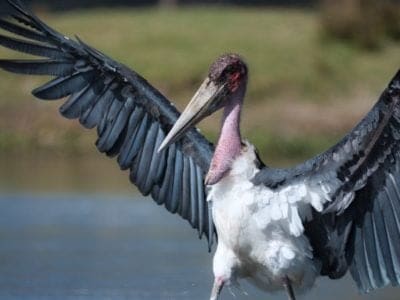
Marabou Stork
The marabou stork does not have a voice box.

Mayfly
There are 2,500 known species worldwide!

Mealybug
They have a symbiotic relationship with ants.

Millipede
Some species have a poisonous bite!

Mole
Primarily hunts and feeds on Earthworms!
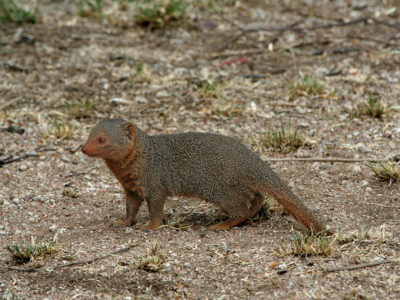
Mongoose
Range in size from just 1 to 3 foot!

Mongrel
Has characteristics of two or more breeds!
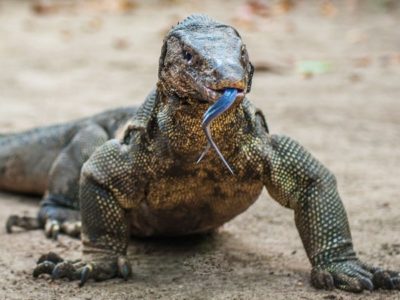
Monitor Lizard
Some species are thought to carry a weak venom!

Monkey
There are around 260 known species!

Moorhen
Feeds on aquatic insects and water-spiders!

Mosquito
Only the female mosquito actually sucks blood

Moth
There are 250,000 different species!

Mouse
Found on every continent on Earth!

Mule
The offspring of a horse and donkey parents!

Nematode
Nematodes range in size from 1/10 of an inch to 28 feet long

Nightingale
Named more than 1,000 years ago!
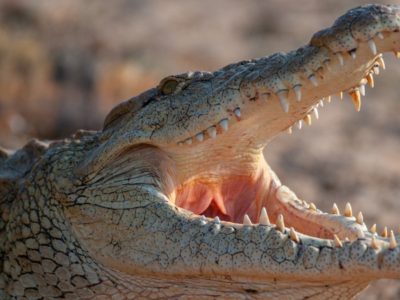
Nile Crocodile
Unlike other reptiles, the male Nile crocodile will stay with a female to guard their nest of eggs.
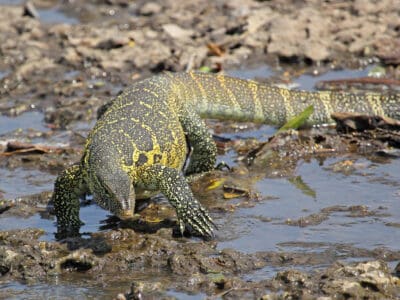
Nile Monitor
The Nile monitor is the world's fourth-largest lizard!

No See Ums
There are more than 5,000 species.
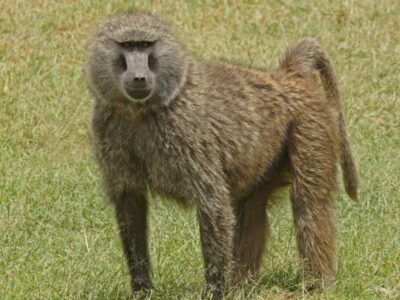
Olive Baboon
Olive baboons will sometimes form strong friendships with each other

Orb Weaver
Females are about four times the size of males

Osprey
They reuse nesting sites for 70 years!

Otter
There are 13 different species worldwide

Owl
The owl can rotate its head some 270 degrees
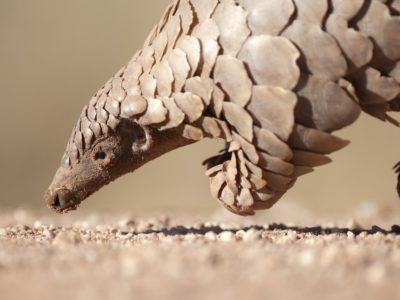
Pangolin
Bad eyesight, but great sense of smell
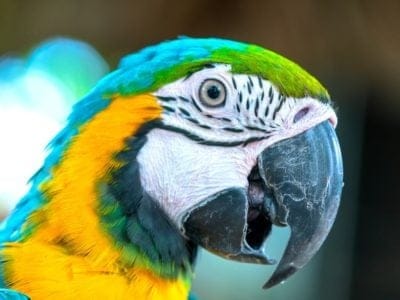
Parrot
Can live for up to 100 years!

Peregrine Falcon
Fastest animal on Earth

Pheasant
Females lay between 8 and 12 eggs per clutch!

Pigeon
They can find their way back to their nests from up to 1300 miles away.
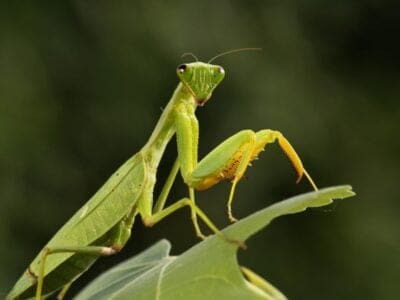
Praying Mantis
The mantis can turn its head 180 degrees.
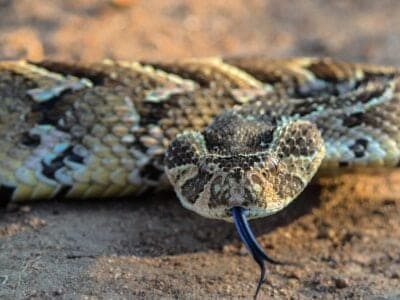
Puff Adder
This large snake is so-named because it will puff up its body to appear bigger than it is when directly threatened by a predator or person.

Quail
Inhabits woodland and forest areas worldwide!
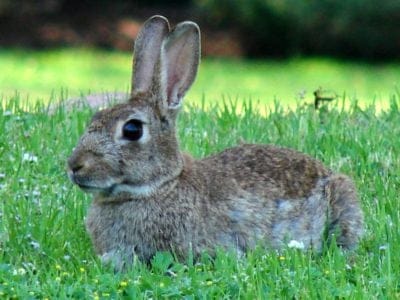
Rabbit
There are more than 300 different species!

Rat
Omnivores that eat anything!
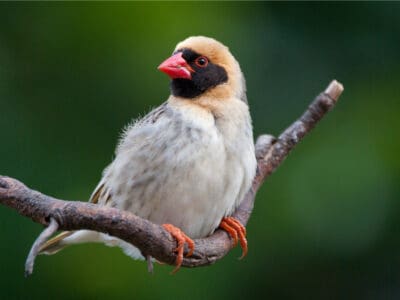
Red-Billed Quelea Bird
Is the most populous bird in the world
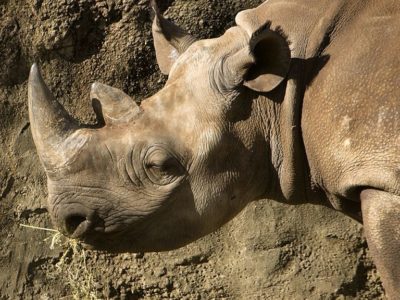
Rhinoceros
It's horns are made from keratin!

River Turtle
Inhabits freshwater habitats around the world!
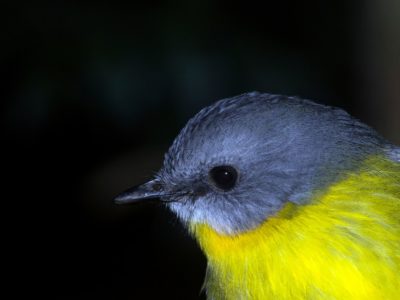
Robin
There are more than 45 species in Australia alone!
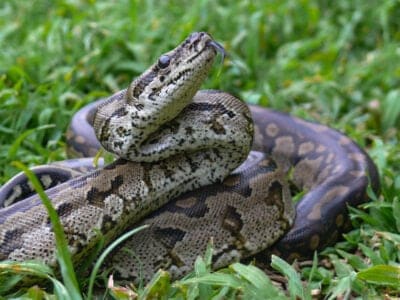
Rock Python
Rock pythons may have crossbred with the escaped Burmese pythons in Florida.

Rodents
The capybara, the world’s largest rodent, likes to be in and around bodies of water. Because of this, the Catholic Church in South America decided that it was a fish, and people were allowed to eat it during Lent and First Fridays.

Rooster
Will mate with the entire flock!

Sable Ferret
Ferrets were used during the Revolutionary War to keep down the rat population.

Scorpion
There are around 2,000 known species!

Sea Eagle
The sea eagle tends to mate for life with a single partner

Seahorse
Males give birth to up to 1,000 offspring!
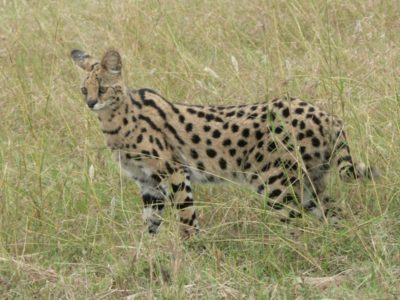
Serval
Can leap more than 1 meter into the air!
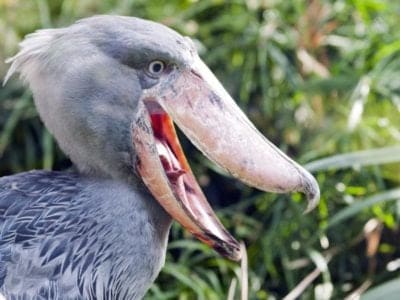
Shoebill Stork
Adults greet each other by clattering their bills together.

Shrew
The spinal column of the shrew Scutisorex somereni is so strong and reinforced that it can support the weight of an adult human.

Shrimp
There are 2,000 different species worldwide!

Skink Lizard
Some skinks lay eggs in some habitats while giving birth to skinklets in other habitats.

Slug
They glide around on one foot, which is aided by the slime they produce

Smokybrown Cockroach
Has up to 45 eggs per egg case

Snail
There are nearly 1,000 different species!

Snake
There are around 4,000 known species worldwide

Sparrow
There are 140 different species!

Spider Wasp
They prey on spiders to feed their larvae or they parasitize other spider wasps.
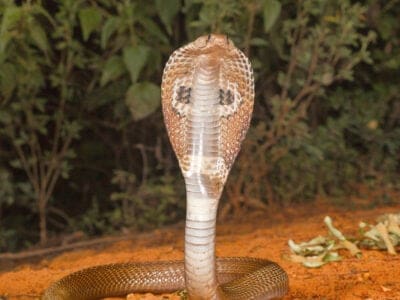
Spitting Cobra
Spitting cobras are types of cobras that can spit venom at predators and prey.

Squirrel
Small rodents found in woodlands worldwide!

Stick Insect
There are more than 3,000 different species!
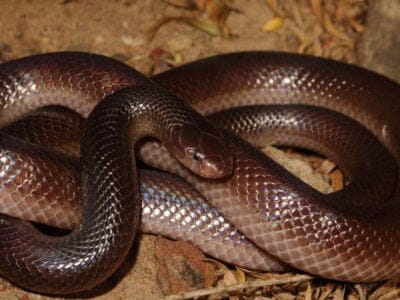
Stiletto Snake
Because of their unique venom delivery system, stiletto snakes are almost impossible to hold safely in the usual way (with fingers behind the head) without being bitten.

Stork
They can’t sing like other birds.

Swan
Populations have been affected by pollution!

Tarantula Hawk
Tarantula hawks are excellent pollinators, especially for milkweed.

Termite
Their mounds can be up to 9 meters tall!

Thrush
The American robin is called the robin because its red breast reminded European settlers of the robin back in the old country.

Tick
They inject hosts with a chemical that stops them from feeling the pain of the bite

Tiger Beetle
The adult tiger beetle is one of the fastest land insects in the world

Tortoise
Can live until they are more than 150 years old!

Tree Frog
Found in warmer jungles and forests!
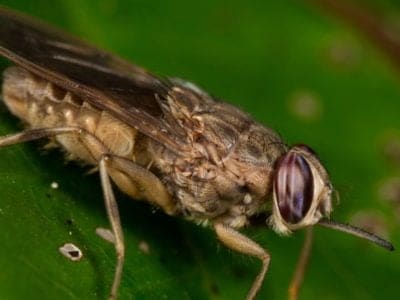
Tsetse Fly
Tsetse flies are large biting flies that live in the tropical regions of Africa.
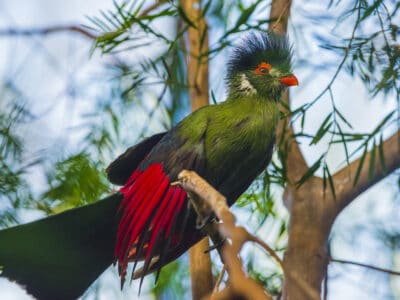
Turaco
Their name means “banana-eater,” but they rarely ever eat bananas.

Turtles
Some species of aquatic turtles can get up to 70 percent of their oxygen through their butt.
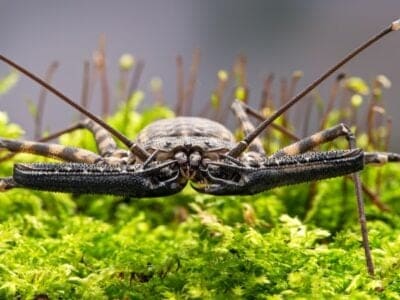
Vinegaroon
Vinegaroons can spray 19 times before the glands are depleted
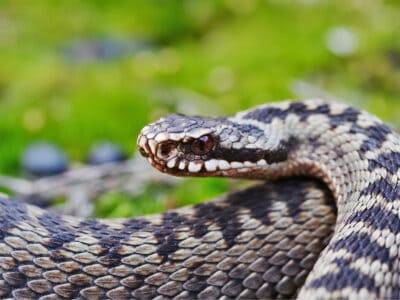
Viper
Vipers are one of the most widespread groups of snakes and inhabit most

Vulture
There are 30 different species worldwide!
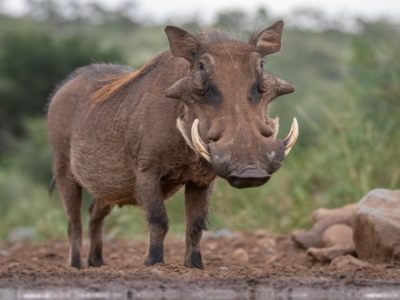
Warthog
Has two sets of tusks on it's face!

Wasp
There are around 75,000 recognised species!
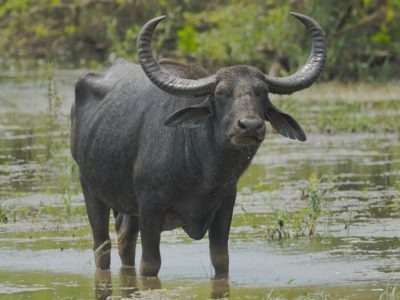
Water Buffalo
Has been domesticated for thousands of years!

White Ferret / Albino Ferrets
There are two different types of white ferrets!
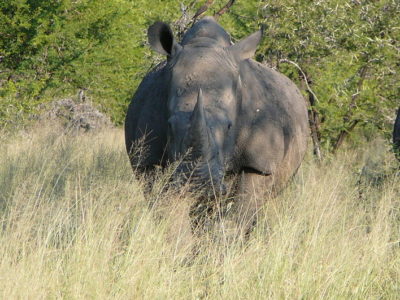
White Rhinoceros
The second largest animal on the land!

Wolf Spider
Carnivorous arachnid that hunts its prey.

Woodlouse
This animal can roll up into a ball

Woodpecker
There are 200 different species!

Worm
Doesn’t have eyes.
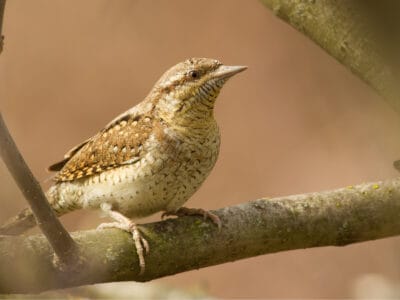
Wryneck
They feign death by making their bodies limp and closing their eyes.
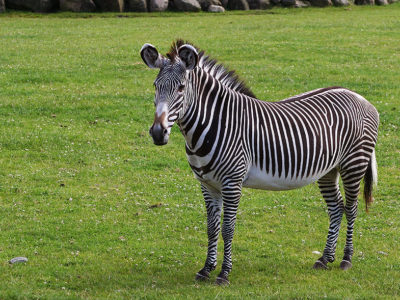
Zebra
Stripe patterns are unique to each individual!

Zebu
There are around 75 different species!
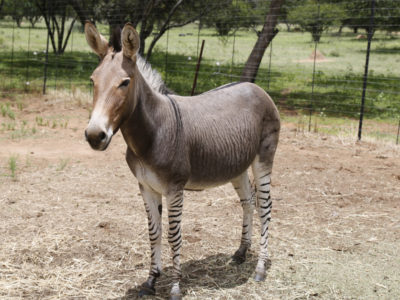
Zonkey
The offspring of Zebra and Donkey parents!
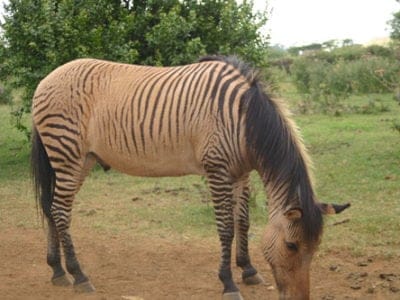
Zorse
The offspring of a Zebra and Horse parents!
Burundian Animals List
- Aardvark
- Aardwolf
- African Bush Elephant
- African Civet
- African Clawed Frog
- African Elephant
- African Fish Eagle
- African Grey Parrot
- African Jacana
- African Palm Civet
- African Wild Dog
- Agama Lizard
- American Cockroach
- Ant
- Antelope
- Armyworm
- Baboon
- Banana Spider
- Barb
- Barn Owl
- Barn Swallow
- Bat
- Bed Bugs
- Bee
- Beetle
- Bichir
- Bird
- Biscuit Beetle
- Black Widow Spider
- Blind Snake
- Brazilian Treehopper
- Brown-banded Cockroach
- Brown Dog Tick
- Buffalo
- Bumblebee
- Bush Baby
- Butterfly
- Caecilian
- Carpenter Ant
- Cat
- Caterpillar
- Catfish
- Centipede
- Chameleon
- Cheetah
- Chicken
- Cichlid
- Cockroach
- Codling Moth
- Common Buzzard
- Common Furniture Beetle
- Common House Spider
- Cormorant
- Cow
- Crab
- Crab Spider
- Crane
- Cricket
- Crocodile
- Crocodylomorph
- Crow
- Cuckoo
- Dog
- Dog Tick
- Donkey
- Dormouse
- Dragonfly
- Duck
- Dung Beetle
- Earthworm
- Earwig
- Eel
- Egyptian Goose
- Electric Catfish
- Elephant
- Elephant Shrew
- Falcon
- False Widow Spider
- Fire Ball Python
- Firefly
- Flamingo
- Flea
- Fly
- Fox
- Frog
- Fruit Bat
- Fruit Fly
- Fulvous Whistling Duck
- Gazelle
- Gecko
- Gerbil
- German Cockroach
- Glass Lizard
- Glowworm
- Gnat
- Goat
- Golden Oriole
- Grasshopper
- Green Bee-Eater
- Guinea Fowl
- Gypsy Moth
- Hamster
- Hare
- Hawk Moth Caterpillar
- Hedgehog
- Heron
- Hippopotamus
- Honey Badger
- Honey Bee
- Hoopoe
- Horse
- Horsefly
- Housefly
- Human
- Huntsman Spider
- Hyena
- Ibis
- Insects
- Jacana
- Jackal
- Jumping Spider
- Kingfisher
- Klipspringer
- Ladybug
- Leech
- Leopard
- Leopard Tortoise
- Lesser Jacana
- Liger
- Lion
- Lizard
- Locust
- Maggot
- Magpie
- Marabou Stork
- Mayfly
- Mealybug
- Millipede
- Mole
- Mongoose
- Mongrel
- Monitor Lizard
- Monkey
- Moorhen
- Mosquito
- Moth
- Mouse
- Mule
- Nematode
- Nightingale
- Nile Crocodile
- Nile Monitor
- No See Ums
- Olive Baboon
- Orb Weaver
- Osprey
- Otter
- Owl
- Pangolin
- Parrot
- Peregrine Falcon
- Pheasant
- Pigeon
- Praying Mantis
- Puff Adder
- Quail
- Rabbit
- Rat
- Red-Billed Quelea Bird
- Rhinoceros
- River Turtle
- Robin
- Rock Python
- Rodents
- Rooster
- Sable Ferret
- Scorpion
- Sea Eagle
- Seahorse
- Serval
- Shoebill Stork
- Shrew
- Shrimp
- Skink Lizard
- Slug
- Smokybrown Cockroach
- Snail
- Snake
- Sparrow
- Spider Wasp
- Spitting Cobra
- Squirrel
- Stick Insect
- Stiletto Snake
- Stork
- Swallowtail Butterfly
- Swan
- Tarantula Hawk
- Termite
- Thrush
- Tick
- Tiger Beetle
- Tortoise
- Tree Frog
- Tsetse Fly
- Turaco
- Turtles
- Vinegaroon
- Viper
- Vulture
- Warthog
- Wasp
- Water Buffalo
- White Ferret / Albino Ferrets
- White Rhinoceros
- Wolf Spider
- Woodlouse
- Woodpecker
- Worm
- Wryneck
- Zebra
- Zebu
- Zonkey
- Zorse
Animals in Burundi FAQs (Frequently Asked Questions)
Are there gorillas in Burundi?
Gorillas used to live in Burundi, but now the animal can be said to be extinct there.
What is the national animal of Burundi?
The country appears to have two national animals. They are the Transvaal lion and the spotted hyena.




